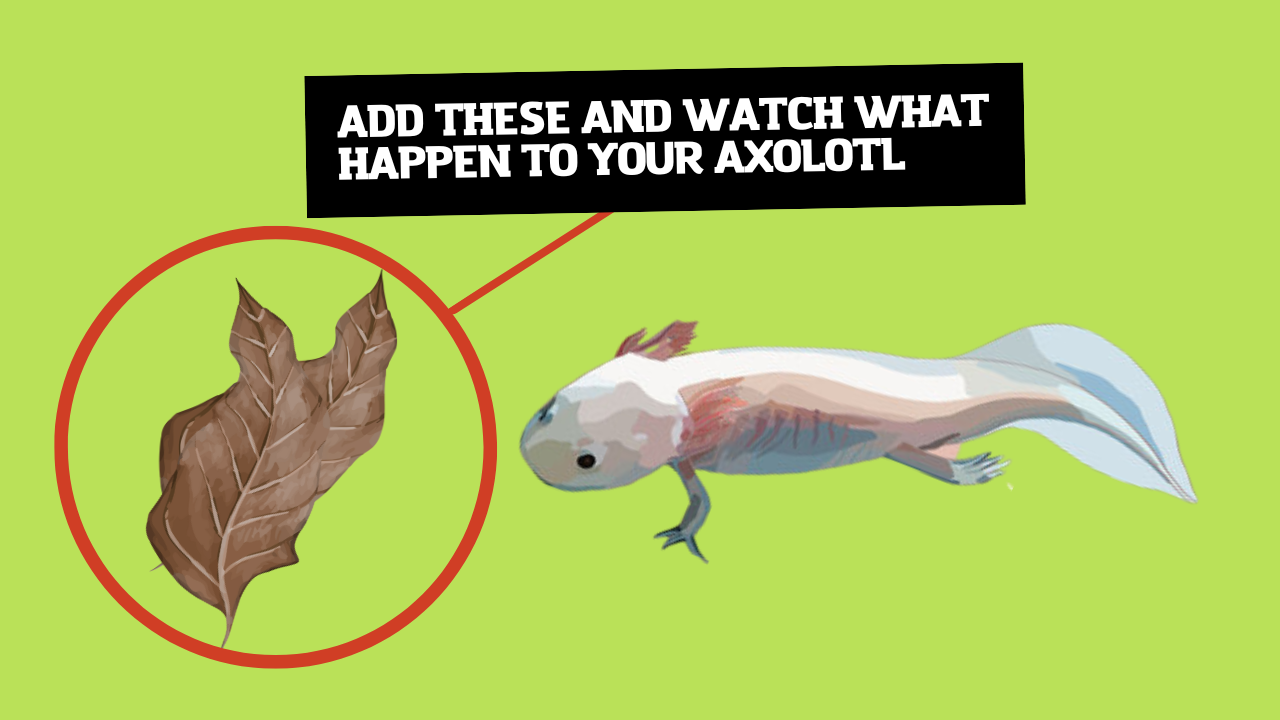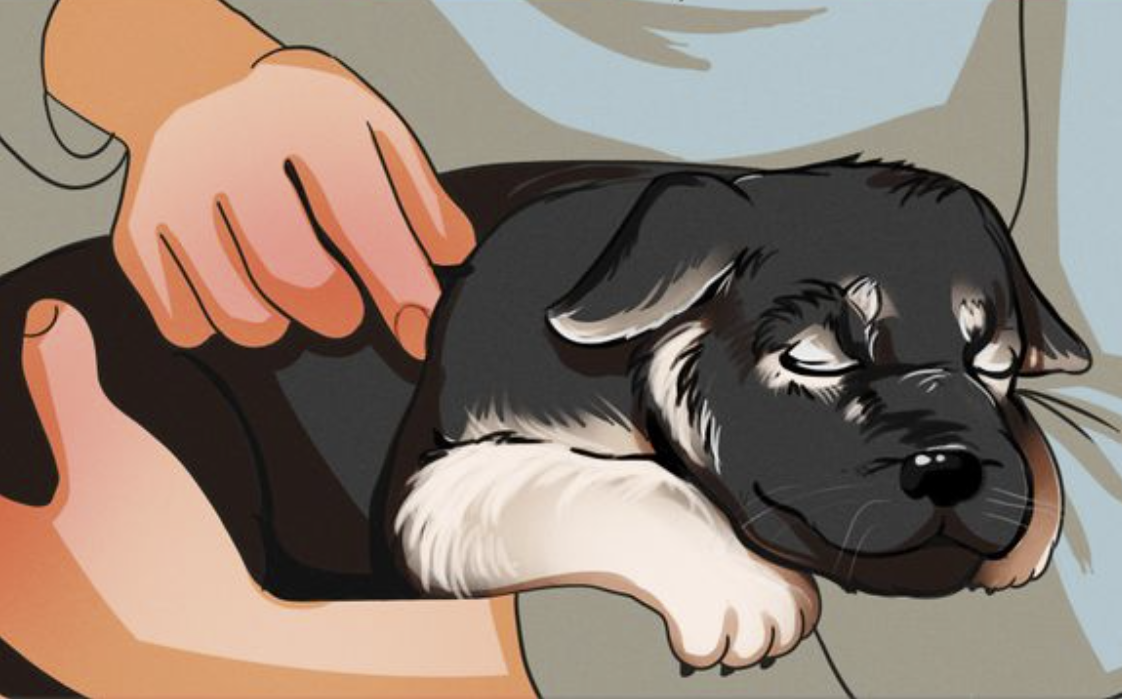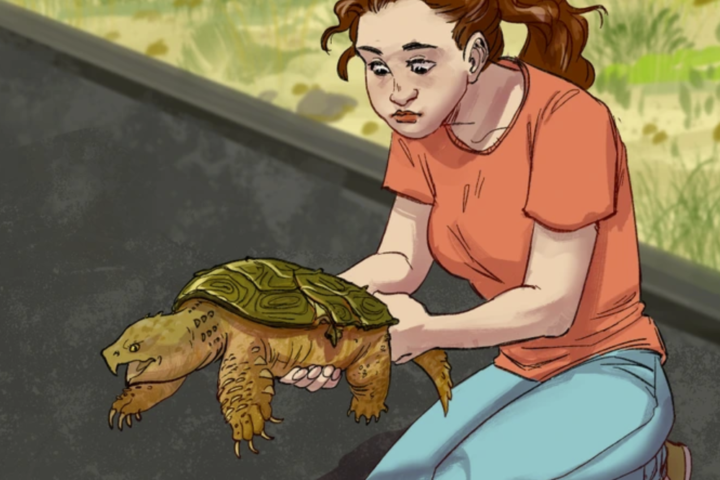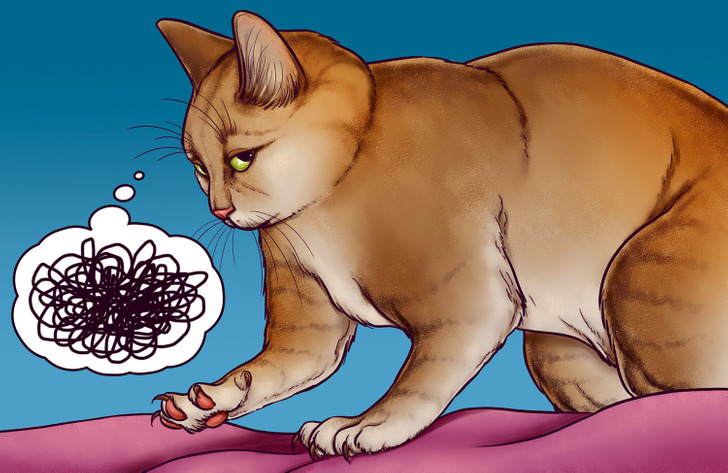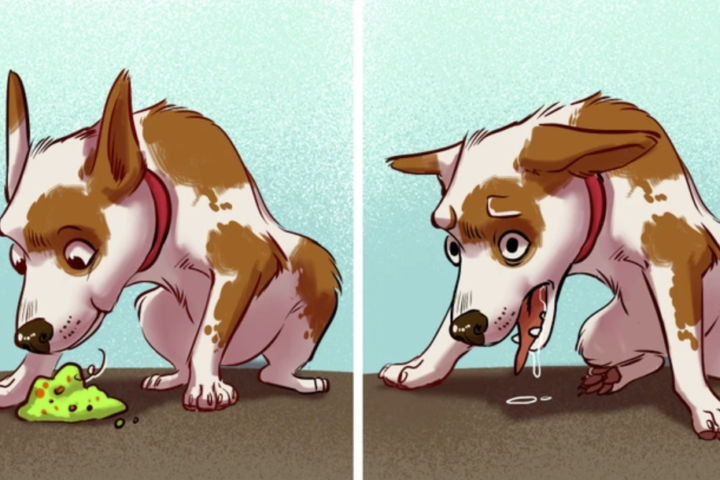Do you happen to be someone who wants to own an Axolotl or happen to be someone who is helping a friend who is going on a vacation to take care of their Axolotl? They could live up to 10 to 15 years if well taken care of. Here are some useful care tips when owning an axolotl.
Essential Water Parameters
1. Water Temperature
As axolotls originate from the cold waters in Mexico, when you are going to own one, be prepared to know about how to prepare their water in their tank. This is similar to the concept of how humans breathe fresh or polluted air to live.
Temperature which is cooling around 16 to 18 degrees is an optimum temperature for the waters of your axolotl tank. The cooler your tank, the happier your axolotl is. Furthermore, it also enhances the mood for reproduction as this is one important element of comfort this species would love for an optimum environment.
2. Aquarium Water Chiller vs Aquarium Fan
To ensure the temperature of the water is cooling enough you can get an aquarium water chiller which works similar to an air conditional for aquariums. You can get the exact low temperature for your axolotl. However, be prepared for a cloudy looking tank from the outside view.
A water chiller may be too pricey, and you may consider an aquarium fan as an alternative to cool down the water in the tank. An aquarium fan could drop the water temperature by 2–4 degrees. There is also a trick when placing the tank, choose a cooler area of your home.
As you will also be placing the attached fan, you need a no lid aquarium so you can easily place the aquarium fan.
Another economical method is having iced water bottles inserted daily into the tank. This will significantly drop the water temperature very effectively. You can get ready 2 sets of iced water bottles to rotate daily. It’s a simple daily task which just needs 5 minutes everyday.
3. Water Change and Cleaning
As this cute water creature eats, their poop when just came out is a smooth blop of dark brown poop. However, if left unattended it could spread to tiny pieces and pores which could pollute the water tank and spread bacteria all over. This will increase ammonia level and if exceeded to a certain level may be harmful to the axolotl in the tank. This could result in ammonia burn and cause death to your pet.
Axolotls are extremely sensitive to ammonia levels where extreme levels will lead them to death if left untreated on time.
To avoid this from happening, it is advisable to perform a weekly 25% to 50% water change and also do spot cleaning using a turkey baster (also known as dropper pipette). Using the dropper pipette, you get to spot clean by sucking the poop directly out from the tank whenever you see one in the tank.
4. Types of Aquarium Filter
Axolotls love a calm water environment. It is important to have an aquarium water filter with low current produced. Strong water currents would make them stressed and uncomfortable. Choosing the suitable aquarium filter is an important step during the tank setup process.
Waterfall aquarium filter is suitable as the water pressure given is low and the oxygen level produced is just right. They come in various sizes which can cater from a small, medium to extra large size tank.
Setting up an aquarium filter is mandatory to cleanse the water as much as it can to maintain clear clean water in the tank.
Food Diet and Intake
1. Bloodworms and Compound Food Tablets
Feeding your pet axolotl is a wonderful thing to watch and experience as it is a pretty cute scene to watch them savor their food in an excited manner. It will be something they look forward to everyday when you come around their tank. Some axolotls recognize their owner and would swim up to their owner waiting for feeding time.
Axolotl could be given organic food which is frozen blood worms sold in the market in cubes. If you could not get this source of food near your place, you can also get the typical fish food given to bigger fishes looking like compound food tablets.
Some axolotls are given blood worms from birth and might not be able to like to eat the fish food tablets. It will take time and patience for those who do not usually consume food tablets as they usually love frozen blood worms.
It is common to see some axolotls not even attempting to consume the fish food tablets. To be safe, get a supplier where you can consistently purchase your supply of frozen blood worms in bulk.
2. Feeding Tools
When feeding your axolotl, make sure to get a long snippet which you can get from your local aquarium shop. It is advisable to get them from the aquarium shop as they would sell original stainless steel ones which will not rust when exposed with water daily.
This is a good long term investment to feed your axolotl with the frozen blood worms.
This stainless steel snippet not only helps to ensure hand feeding is made easy, it has many other functions. You can use it to arrange your lightweight aquarium decorations without getting your hands wet. You can also remove unwanted waste using this long snippet.
3. Removing Access Food After Feeding Time
After feeding time, there will be extra food lingering around the waters of the tank. You may see your axolotls wandering around and eating out the extras around the tank. After a certain time after feeding time, you should come back and check.
Use the aquarium pipette to remove and suck them out. This is important to make sure these extra food do not turn into harmful bacteria which could disrupt the clean water parameters. If left unattended, it would become accumulated toxic to your axolotls. It is very important to remember that axolotls are very sensitive to ammonia and dirty tanks.
Lower and Longer Tanks are Preferred by Axolotls
1. Add 20 gallons of Water for Every Axolotls in the Tank
Depending on how many axolotls you plan to have, not overcrowding your tank is an important point to note. For 1 axolotl you roughly need 20 gallons each. Thus, the more axolotls you have, the bigger the tank size required for an optimum environment for them to live in.
Do think about the long term and get a bigger tank at your initial stage so that you do not waste money on the initial tank costs. Many long term axolotls owners tend to be tempted for a tank upgrade as they see their axolotls growing longer and bigger in size. Some also want to add more axolotls and thus, require a bigger tank in the future.
2. Lower and Longer Tank are Optimum for Axolotls
The optimum shape of the tank should be rectangular in shape. As you can see axolotls are growing to be long in length but not much in height. Thus, the height of the tank does not matter, the longer the tank, the more space for them to move around.
A rectangular tank would be preferred as compared to a cube shaped one. Some new axolotls owners may make a mistake thinking that a taller tank means more water, but this does not really help as compared to a lower height tank with larger surface area.
3. Considering buying a Glass tank or Plastic tank
This may sound like something really simple. However, it is crucial to choose the correct material type as you are going to own an axolotl. Aquariums are made of either glass or acrylic (a type of strong and sturdy plastic).
Both materials have their benefits and drawbacks. If you are owning an axolotl which needs cooling water, it is better to get a glass material tank. This material is much cooler as compared to acrylic. Leave your tank open without a lid, the temperature will be much cooler without lids.
Glass tanks are more expensive and heavy to move about, however it really helps in dropping the water temperature of the tank.
If you are opting for an acrylic material tank, it does not break easily and is less costly. In addition, it would also be easier to move around as it will be much lighter as compared to glass. However, try not to have the lid on top of the tank, as it will further increase the water temperature due to this type of material.
Aquarium Decoration Tips
1. Fake Plants vs Real Plants
Having fake plants is easier in terms of cleaning as there is no waste and low maintenance when using fake plants. If you are someone who is busy working, considering fake plants could save you much trouble during cleaning.
Real plants provide a natural ambience to your axolotls and also natural food when you are away they would not starve. However, the time and care needed to maintain a healthy underwater plant is not an easy task. These water plants die easily and produce detritus (little white worms in water). It may look disgusting under aquarium light if the number of detritus exceeds the maximum level of danger in the tank.
There is some homework and reading required from reliable sources needed to learn on how to maintain the live plants, it is not easy and also costly. Of course creating a natural habitat for your axolotl seems to be a good idea. However, we also need to be realistic about the time and money we can afford for consistent maintenance in the long run.
There are some simple care tips from WikiHow to go on more in detail. Most beginners make this mistake of buying too many underwater plants as they are new and excited owners not knowing it is not easy to take care of aquatic plants.
2. Using Sand or Clear Base
If you had seen many social media posting videos of cute axolotls swimming in their beautiful aquarium, most of them have a sand base. It is a joyful scene to watch them play and glide among the sand of the aquarium. Axolotls would be happy having sand as part of their environment as it increases the natural feel in the tank.
However, when there is beauty, there comes extra effort in cleaning up. The drawbacks of having sand is during the cleaning process. Many hidden poop and waste will be under the sand from time to time. The detrimental effect comes when the toxic hidden under the sand is unseen and then causes illness to your axolotl if it exceeds a dangerous level.
Steps to Clean your Tank with Sand Base:
During the cleaning process, you need to carefully remove your axolotls to a separate temporary spare pail of water or mini tank. After slowly removing the aquarium decorations, when pouring out the water it requires careful skill and level of patience to remove the water carefully without removing the sand. The normal water pump for tanks could not be used as those are strong and would suck all the sand out.
It is recommended to buy the special water pump which caters for aquariums with sand base. This special water pump will not suck the sand as the suction is low but it requires much patience in this process. During the process, the waste and poop which are heavy could not be sucked out by the pump. Thus, you need to do spot cleaning on your own later on.
As for the sand, it is recommended to remove them from the tank once a month and have them sunbathed to remove all bacteria accumulated or hidden in the sand. After this step, your sand is cleansed well and ready to be reused.
If you do not have time for these detailed cleaning, you either hire a part time marine naturalist to do that job for you or just opt for a clear base tank environment. Self cleaning would be much faster and less costly with no sand.
1. Considering Large Stones as a Decoration
Stones in all shapes and sizes are extremely popular and could be seen in almost every aquarium exhibit. These are easy to get, a cheap decoration in the tank and also increases the natural ambience in any aquarium. However when owning an axolotl, small pebbles and small stones are not really recommended.
This is because axolotls are prone to choking on stones and pebbles which are swallowable by their huge mouth. It will affect their digestive system and end up dying if the stone is not removed on time or correctly.
If you plan on decorating your tank with stones, get those really huge and large one bigger than your axolotl’s size. Rest assured, it then could not be a target by your axolotls. When an axolotl is hungry they may accidentally eat the small stones. Thus, opt for the large ones which are impossible to be gobbled up.
When choosing stones for the axolotl tank, make sure to choose smooth surface types of stones. This is to prevent the skin of your axolotl from getting hurt if friction occurs. Try avoiding pointy, sharp and rough surfaced stones.
2. The Importance of Having a Cave for Your Axolotl
Axolotls are aquatic pets which are more comfortable in the dark. Lighting needs to be in low light and not too much shining into the tank. Thus, having a cave for your axolotl is one of the mandatory things to buy when setting up your tank. Axolotls actually like dark places and this reduces their stress level.
It is recommended that one cave each for one axolotl. Depending on where you get your axolotls, if you get two axolotls that came from the same breeder in the same batch, they are most likely to be able to share a cave with their siblings. However if they are from a different batch, it can cause a fight when both want the same cave. It is recommended to get one cave each for the axolotls in order for them to have their personal territory in the tank.
Axolotl Health Tips
1. Gills and Tail Appearance
If you are heading to the aquatic pet shop but not sure how to determine which axolotl is in an optimum health condition. Some very obvious physical appearance to see if the axolotl is healthy, pay attention to their gills and tail appearance.
A healthy axolotl has perfectly shaped and full grown gills on both the right and left side of their head. Their gills are essential in their breathing and oxygen intake underwater. If their gills are incomplete in shape, they may face problems in breathing and may easily fall ill. Axolotls with weak gills will frequently do a swim up and down the water tank more than a normal healthy one. This happens due to their gills not functioning at optimum level.
Next to look for and pay attention is their tail. The tail of an axolotl is essential to balance themselves underwater. An axolotl with a crooked or incomplete shaped tail will face problems in balancing themselves especially when water level gets higher and deeper. You may observe these kinds of axolotls will be slightly slanted as their tail is not healthy to balance them.
If you had a healthy axolotl at the initial stage of your care but later after your care, you discovered the signs explained above, the hurt axolotl may be due to several factors. Some contributing factors are the tank mates which hurt and bite their gills and tail.
Thus, it is important to keep an eye on the aggressive tank mates existing in the same tank with your axolotl. Remove them from the tank immediately to avoid further damage to your axolotl. Besides a nasty tank mate, poor water condition could also contribute to poor health in your axolotl’s skin condition, maybe the gills or tail. Be timely and careful during the water change process and procedure to ensure all proper water parameters are strictly followed.
2. Body Color and Appetite
Axolotls body color could represent their health status and it is an important tip to recognize normal and abnormal skin color of your axolotls. If you are aware of your axolotls, especially if you own an albino one with white skin, it suddenly turns reddish. That is bad news. It could indicate a disease called ammonia burn in your axolotl.
We need to be alert on their natural body color as it is an early indicator before your pet gets seriously ill. Besides the body color, observe their appetite. Any pets or living things, it is important to have a good appetite. A sick axolotl would have low appetite and will not eat for days. This is the time you should get worried as this is a sign of serious health issues. There are several home remedies to take care of a sick axolotl at home which will be elaborated later on below. However, sick your axolotl is once they start eating and slowly getting back their appetite, there is a glimpse of hope in their survival and recovery.
3. Recovery Using Home Remedies
There are several home remedies when it comes to taking care of a sick axolotl from home itself. This step is possible with much care, attention, patience and love. There are many before and after of real life cases where owners who are able to recover their axolotls with defects on their gills and tails.
Tea Bath
Tea bath using Indian almond leaves also known as “Ketapang leaves” in Asia soaked in water for your ill axolotls is an effective way to cure fungus growing on your axolotl’s wound. When your axolotl is hurt, fungus tends to grow and overgrowth of it is very bad for your axolotl. Using tea baths, the fungus could fall off with regular daily tea baths for 15 minutes per day.
The steps to prepare a tea bath are firstly to get the indian almond leaves which are sold for aquarium usage. They are dried brown leaves used for many aquatic fishes. After getting the leaves, have a quick rinse just in case for any unseen sand or dust on the dry leaves.
Soak them in your aquarium-ready water which is the normal water you used to prepare when changing water for your axolotl tank. Try removing the stem and petiole on the leaves as those parts sometimes produce oil layers which are not really encouraged for aquatic creatures. After soaking, once the water turns brown, you can now put in your axolotl for a 15 minutes tea bath. Do not place them for a whole day. Place your axolotl back after you are done. You can carry this home remedy twice a day.
Aquarium Salt
If you cannot find Indian almond leaves, you can opt for aquarium salt sold in pet stores. Please do not use the salt from the cooking kitchen. The salt for aquatics is different from the one we humans use for cooking. You can find aquarium salt easily in pet stores.
After getting the aquarium salt catered for aquatic fishes, you can pinch a salt from your fingers and stir well in a small pail to continue the same method of soaking your axolotl for a rough 15 minutes. Your axolotl may feel a bit stressed up during this salt/tea bath due to the effect of the bacteria killing on the infected area. Thus, it is important to monitor them during the whole 15 minutes and then take them out when the time is up.
Final thoughts, before getting an axolotl for your own pet at home or agreeing to help take care of a pet axolotl for a friend, a detailed research on possible care tips is essential.

